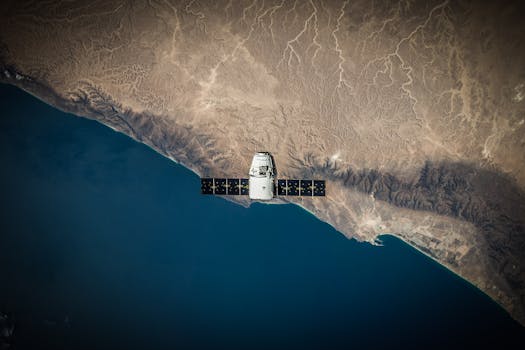
LEO Satellites: The Future of Global Connectivity
LEO satellites, or Low Earth Orbit satellites, are revolutionizing the way we communicate and access data. With their ability to provide high-speed, low-latency connectivity, LEO satellites are transforming industries and bridging the digital divide. In this article, we will explore the world of LEO satellites, their benefits, and their applications.
Low Earth Orbit satellites are a type of satellite that orbits the Earth at an altitude of around 160 to 2,000 kilometers. This low altitude allows them to provide faster and more reliable connectivity compared to traditional Geostationary Orbit (GEO) satellites. LEO satellites are also more fuel-efficient and have a shorter lifespan, which makes them a more cost-effective option for many applications.
Benefits of LEO Satellites
LEO satellites offer a range of benefits, including high-speed connectivity, low latency, and global coverage. They can provide internet connectivity to remote and underserved areas, bridging the digital divide and enabling economic growth. LEO satellites can also be used for earth observation, navigation, and communication purposes, making them a versatile and valuable tool for a range of industries.
One of the most significant advantages of LEO satellites is their ability to provide low-latency connectivity. This is because they are closer to the Earth’s surface, which reduces the time it takes for signals to travel between the satellite and the ground station. This makes LEO satellites ideal for applications that require real-time communication, such as video conferencing, online gaming, and financial transactions.
Applications of LEO Satellites
LEO satellites have a wide range of applications, including internet connectivity, earth observation, navigation, and communication. They can be used to provide broadband internet to remote and underserved areas, enabling economic growth and development. LEO satellites can also be used for disaster response and recovery, providing critical communication and connectivity services during emergencies.
Another significant application of LEO satellites is earth observation. LEO satellites can be equipped with sensors and cameras to collect data on the Earth’s surface, including weather patterns, land use, and environmental changes. This data can be used to monitor climate change, track natural disasters, and optimize crop yields.
Challenges and Limitations of LEO Satellites
While LEO satellites offer many benefits, they also face several challenges and limitations. One of the main challenges is interference from other satellites and terrestrial systems. This can cause signal loss and data corruption, reducing the effectiveness of LEO satellites. Another challenge is the short lifespan of LEO satellites, which can range from a few months to a few years.
To overcome these challenges, satellite operators and manufacturers are developing new technologies and strategies. For example, phased array antennas can be used to reduce interference and improve signal quality. Advanced propulsion systems can also be used to extend the lifespan of LEO satellites and reduce the risk of collisions.
Conclusion
In conclusion, LEO satellites are transforming the way we communicate and access data. With their high-speed, low-latency connectivity, LEO satellites are bridging the digital divide and enabling economic growth. While they face several challenges and limitations, the benefits of LEO satellites make them a valuable tool for a range of industries and applications.




